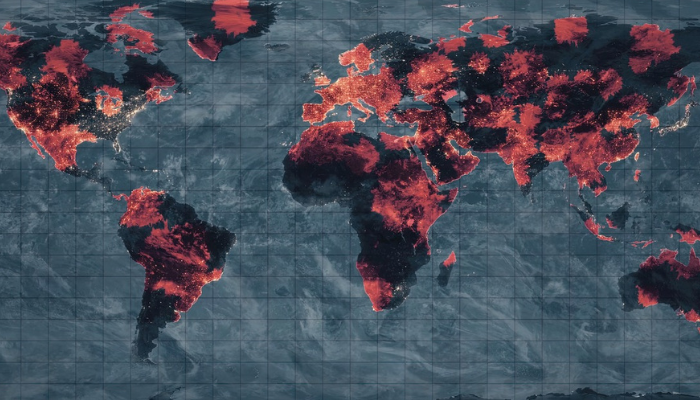
30 Nov Three Climate Consequences for the U.S. if Warming Exceeds 1.5 Degrees Celsius
As global leaders convene at COP28, the annual climate change negotiations held in Dubai, the focal point remains fixed on a critical threshold: 1.5 degrees Celsius (2.7 degrees Fahrenheit). This signifies the internationally accepted threshold for global warming by the century’s conclusion. Presently, the world teeters precariously near this benchmark, having undergone a temperature increase of approximately 1.2 degrees Celsius since the onset of the Industrial Revolution, chiefly attributable to emissions from fossil fuels.
Despite ongoing efforts, the trajectory points to a trajectory of just under 3 degrees Celsius of warming by the century’s end. Although appearing gradual, climate research emphasizes that even small increments, such as tenths of a degree, can exert considerable influence, especially concerning the risks linked to extreme weather events.
Deepti Singh, an assistant professor at Washington State University, emphasizes that shaping a future that is more equitable and less volatile hinges on our actions to limit warming today.
Let’s explore three climate impacts that intensify in the U.S. if global warming surpasses 1.5 degrees Celsius:
- Accelerated Warming in the U.S.: At the global 1.5-degree warming mark, the U.S. experiences an even more rapid increase in temperature. The U.S. is currently warming at a rate 60% higher than the global average, a trend attributed to varied factors, including how additional heat is absorbed and regional weather patterns. This increased warming magnifies the impacts of climate change within the nation.
- Intensification of Rainfall: Beyond 1.5 degrees Celsius of warming, rainfall becomes more intense. Not limited to hurricanes and tropical storms, regular rainstorms also exhibit heightened intensity. The heightened ability of a warmer atmosphere to retain water vapor contributes to more intense rainfall. Cities in the Midwest and Northeast could encounter heightened threats of flooding as current infrastructure grapples with the increased volume of water.
- Exacerbation of Extreme Heat: The toll of heat waves in the U.S. becomes more pronounced beyond 1.5 degrees of warming. These prolonged and intensified heat waves result in adverse cardiovascular and health impacts, coupled with increased mortality rates. Rising nighttime temperatures exacerbate the effects of heat waves, as recovery time for humans, animals, and plants diminishes. Winters are not exempt from these effects, as there are fewer days with freezing temperatures, particularly in the Mountain West. This trend impacts vital water sources such as snowpacks and poses risks to crops and the proliferation of vector-borne diseases.
In conclusion, the urgency to stay within the 1.5-degree Celsius limit is underscored by the compounding risks to the U.S. These observations underscore the imperative for collaborative efforts and worldwide cooperation to alleviate climate change and safeguard susceptible regions from its escalating consequences.


